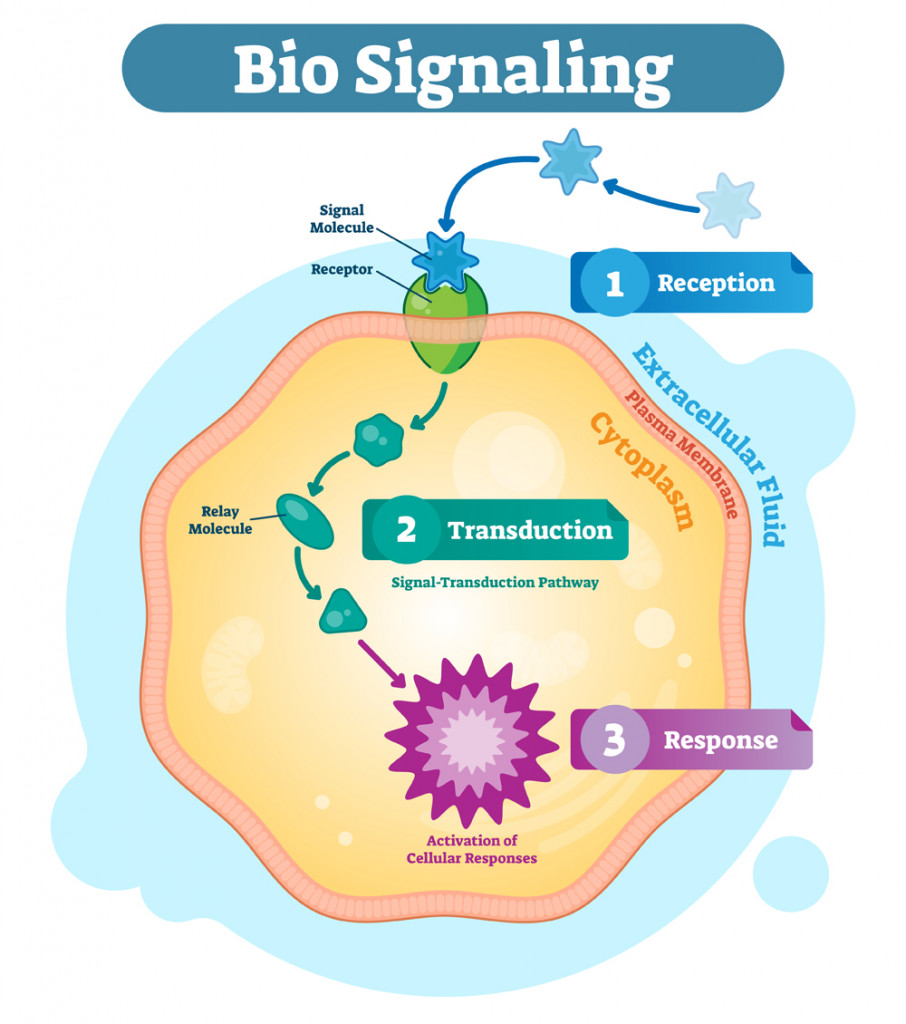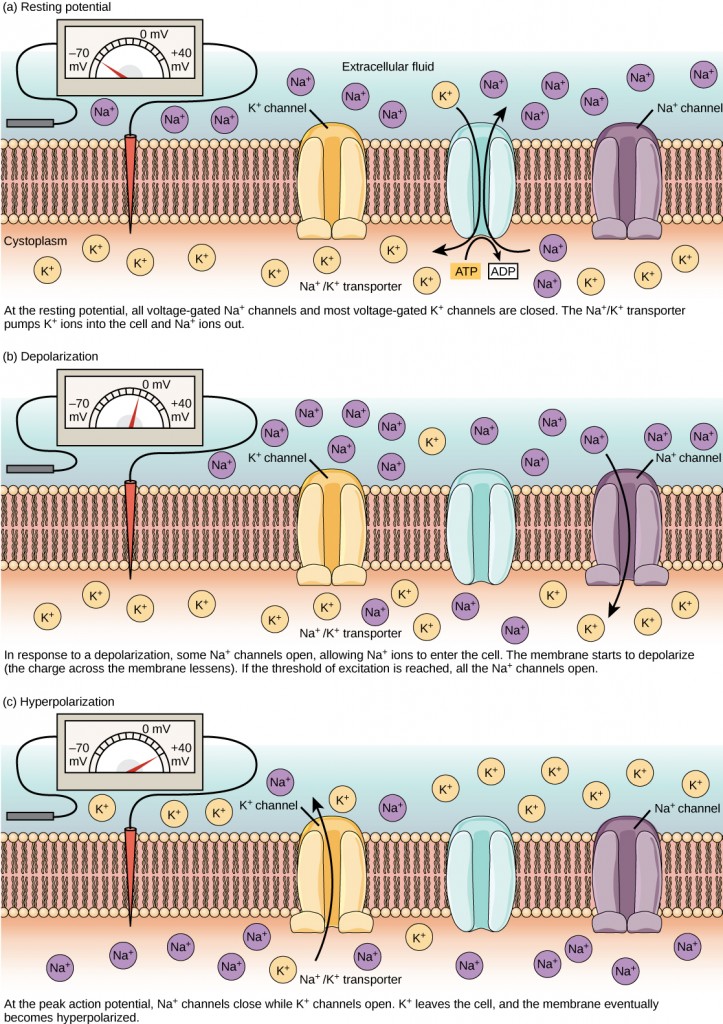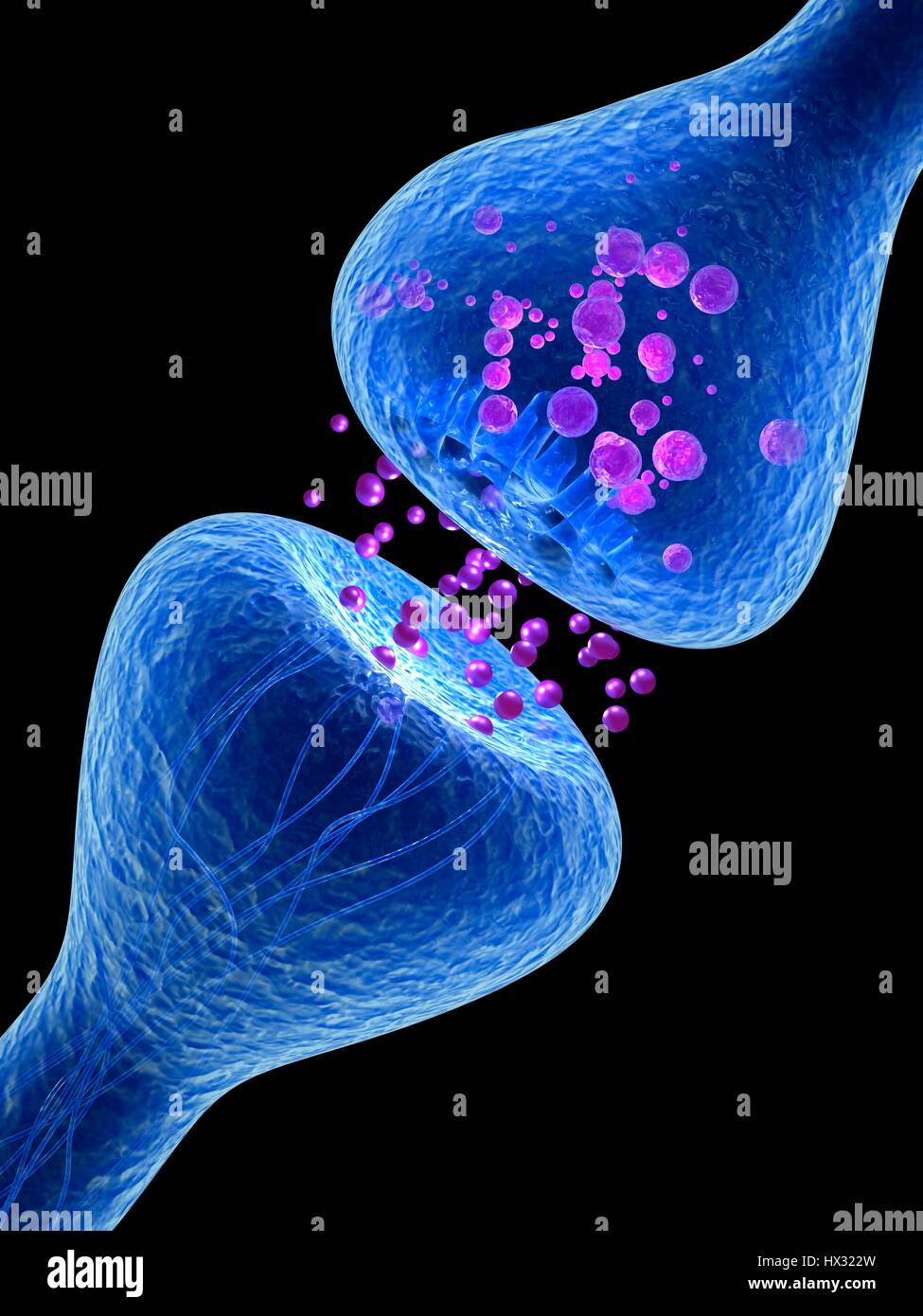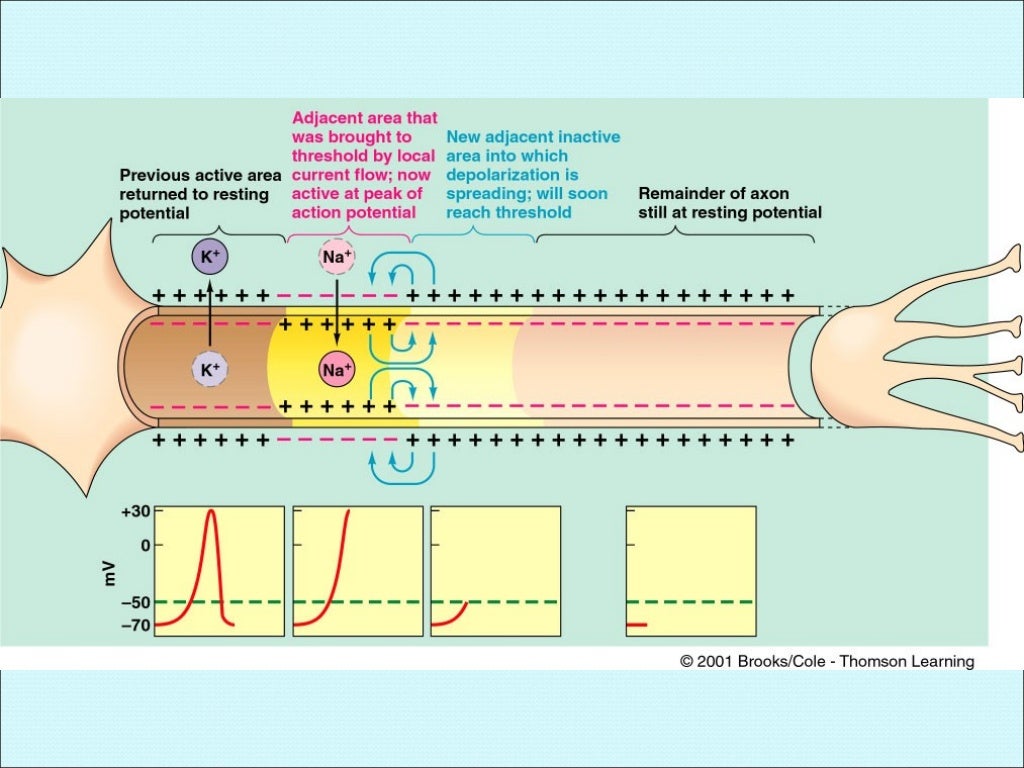Signal Transmission In Human Body Presentation
| Introduction | ||
|---|---|---|
| Signal transmission in the human body is a complex process that allows communication between cells, tissues, and organs. Signals can be electrical or chemical in nature, and they play a crucial role in maintaining homeostasis and coordinating various bodily functions. Understanding the mechanisms of signal transmission is essential for diagnosing and treating various diseases and disorders. | ||
| 1 | ||
| Types of Signals | ||
|---|---|---|
| Electrical Signals: Generated by the movement of ions across cell membranes, these signals allow for rapid transmission within nerve cells. Chemical Signals: Molecules called neurotransmitters are released at synapses, transmitting signals between nerve cells. Hormonal Signals: These chemical messengers are released by endocrine glands into the bloodstream, affecting target cells in distant parts of the body. | ||
| 2 | ||
| Nerve Cell Structure | ||
|---|---|---|
| Neurons are the primary cells involved in signal transmission in the nervous system. Neurons consist of a cell body, dendrites (receiving incoming signals), and an axon (transmitting signals). Myelin sheath, formed by specialized cells called Schwann cells, insulates the axon and speeds up signal transmission. | ||
| 3 | ||
| Synaptic Transmission | ||
|---|---|---|
| Synapses are specialized junctions between neurons, where signals are transmitted from one cell to another. In chemical synapses, neurotransmitters are released from the presynaptic neuron and bind to receptors on the postsynaptic neuron, transmitting the signal. The release and reuptake of neurotransmitters ensure precise and regulated signal transmission. | ||
| 4 | ||
| Action Potential | ||
|---|---|---|
| An action potential is a brief electrical signal generated by neurons in response to a stimulus. It involves a rapid change in the electrical potential across the cell membrane, resulting in the propagation of the signal along the axon. The all-or-nothing principle states that once the threshold is reached, an action potential will occur. | ||
| 5 | ||
| Saltatory Conduction | ||
|---|---|---|
| The myelin sheath surrounding axons allows for saltatory conduction, where the action potential "jumps" between nodes of Ranvier. This increases the speed of signal transmission, conserving energy and ensuring efficient communication within the nervous system. Diseases affecting the myelin, such as multiple sclerosis, can disrupt signal transmission. | ||
| 6 | ||
| Hormonal Signaling | ||
|---|---|---|
| Hormones are chemical messengers secreted by endocrine glands into the bloodstream. They travel through the circulatory system and bind to specific receptors on target cells, initiating a response. Hormonal signaling is crucial for coordinating long-term processes such as growth, metabolism, and reproduction. | ||
| 7 | ||
| Feedback Mechanisms | ||
|---|---|---|
| Negative feedback loops regulate signal transmission by maintaining homeostasis. When a parameter deviates from its set point, a signal is sent to counteract the change, restoring balance. Positive feedback loops amplify signals, leading to an intensified response or process. They are less common but play a role in certain physiological processes. | ||
| 8 | ||
| Signal Transmission Disorders | ||
|---|---|---|
| Conditions such as Parkinson's disease, Alzheimer's disease, and epilepsy involve disruptions in signal transmission within the nervous system. Hormonal imbalances, such as those seen in diabetes or thyroid disorders, can also affect signal transmission and overall bodily function. Understanding these disorders helps in developing targeted treatments and interventions. | ||
| 9 | ||
| Conclusion | ||
|---|---|---|
| Signal transmission in the human body is a complex and vital process for maintaining physiological functions. Electrical and chemical signals enable communication between cells, tissues, and organs. A better understanding of signal transmission helps in diagnosing and treating various disorders, leading to improved healthcare outcomes. | ||
| 10 | ||








:max_bytes(150000):strip_icc()/Parkinsons-and-alzheimers-5207704_final_rev-fcbc6a910fa841b585cde74ba3156177.jpg)
